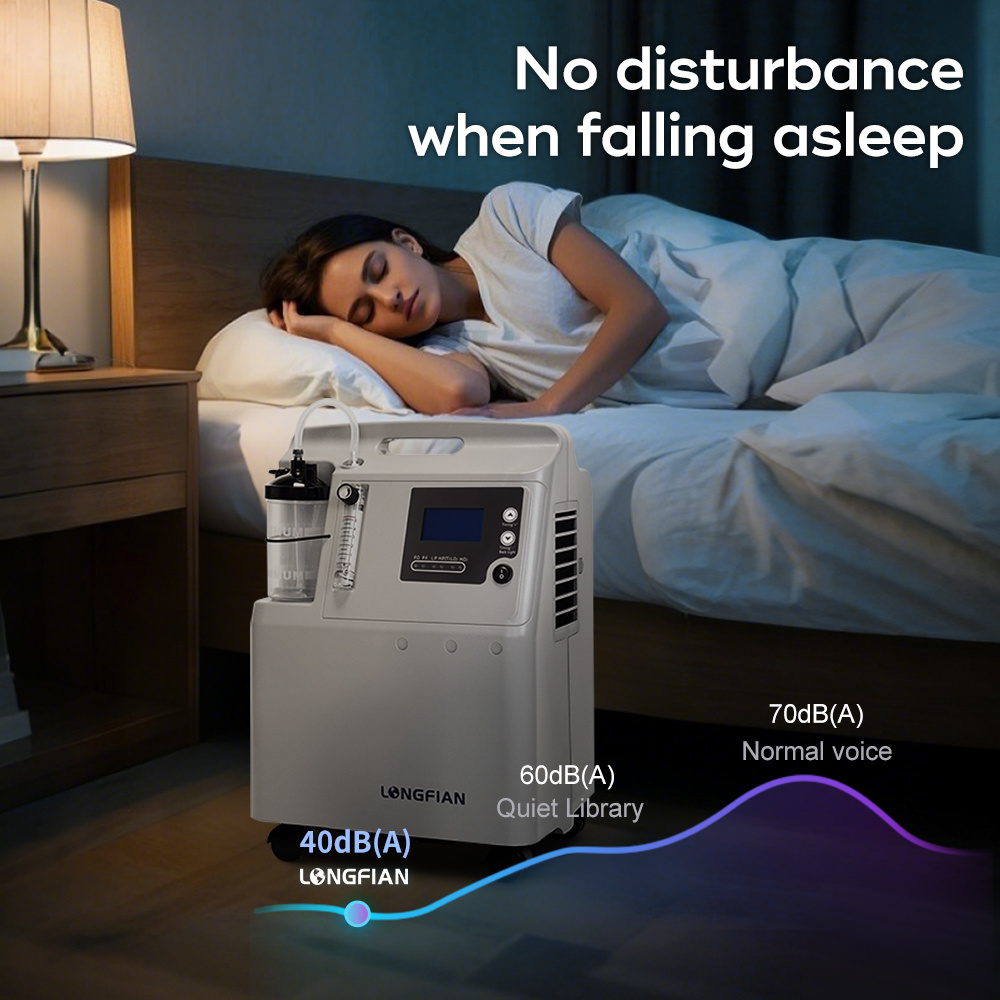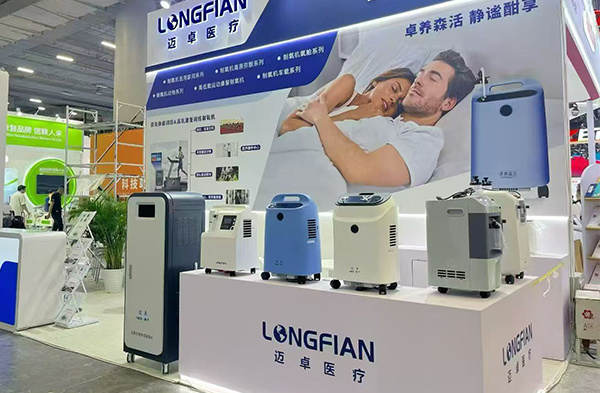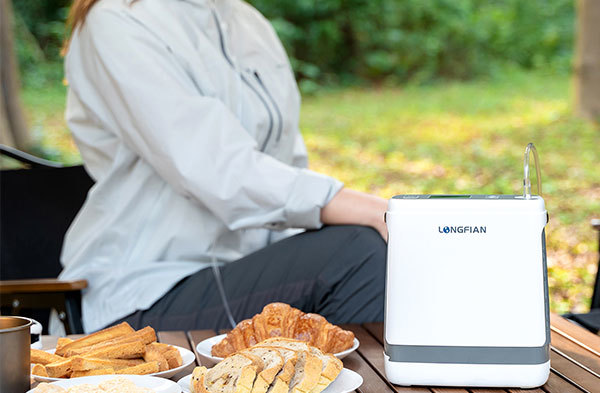How to Use an Oxygen Concentrator Correctly?
Release date:
2025-09-05
Oxygen concentrators are vital medical devices that deliver purified oxygen to individuals with low blood oxygen levels. While these devices are designed to be user-friendly, proper usage is crucial to ensure safety, effectiveness, and longevity of the equipment. Now, follow us, we will outlines step-by-step instructions, safety precautions, and maintenance tips to help you use an oxygen concentrator correctly.
1. Who Needs an Oxygen Concentrator?
Before using an oxygen concentrator, it is essential to confirm that you require supplemental oxygen.
2. Pre-Use Preparation: Check the Equipment
Before turning on the device, perform a quick inspection to ensure everything is in working order:
Power Source: Ensure the concentrator is compatible with your electrical outlet (most home models use 110V/220V AC). If using a portable model, check that the battery is fully charged.
Oxygen Tubing: Examine the tubing for cracks, kinks, or blockages. Replace damaged tubing immediately, as leaks can reduce oxygen delivery.
Filter: Check the air intake filter (usually located on the side or back of the device). If it is dirty or clogged with dust, gently clean it with a damp cloth and let it dry completely—dirty filters force the machine to work harder, reducing efficiency.
Oxygen Mask/Nasal Cannula: Inspect the mask or cannula for wear and tear. These accessories should be replaced every 2–4 weeks (or as recommended by your healthcare provider) to prevent bacterial growth.
3. Step-by-Step Guide to Using an Oxygen Concentrator
Follow these steps to operate the device safely and effectively:
Step 1: Position the Concentrator
Place the device on a flat, stable surface (e.g., a table or floor) to prevent tipping.
Keep it at least 1–2 feet away from walls, curtains, or other objects to ensure proper air circulation (blocked vents can overheat the machine).
Avoid placing it near heat sources (e.g., heaters, stoves) or moisture (e.g., bathrooms, sinks), as this can damage internal components.
Step 2: Connect the Tubing and Delivery Device
Attach one end of the oxygen tubing to the oxygen outlet port on the concentrator (usually labeled “Oxygen Out”).
Connect the other end to your prescribed delivery device:
Nasal Cannula: insert the prongs into your nostrils, and adjust the elastic band around your head to keep it secure (it should fit snugly but not tightly).
Oxygen Mask: Place the mask over your nose and mouth, and fasten the straps behind your head to ensure a tight seal (a loose mask will waste oxygen).
Step 3: Set the Oxygen Flow Rate
Turn on the concentrator using the power switch (most models have a clear “On/Off” button with an indicator light).
Adjust the flow rate to match your doctor’s prescription (measured in liters per minute, LPM).
Wait 5–10 minutes for the machine to stabilize.
4. Critical Safety Precautions
Oxygen is a highly flammable gas, so safety must be a top priority when using an oxygen concentrator:
No Smoking: Never smoke (or allow others to smoke) near the concentrator or in the same room. Post “No Smoking” signs to remind visitors.
Avoid Open Flames: Keep the device away from candles, lighters, gas stoves, fireplaces, or any other open flames. Oxygen can ignite easily and cause fires to spread rapidly.
Electrical Safety: Do not use extension cords (unless approved by the manufacturer) or plug other devices into the same outlet as the concentrator—this can cause power surges or overheating.
If you have any questions, please contact Longfian, we will provide you with professional services.

Previous page
Next page




